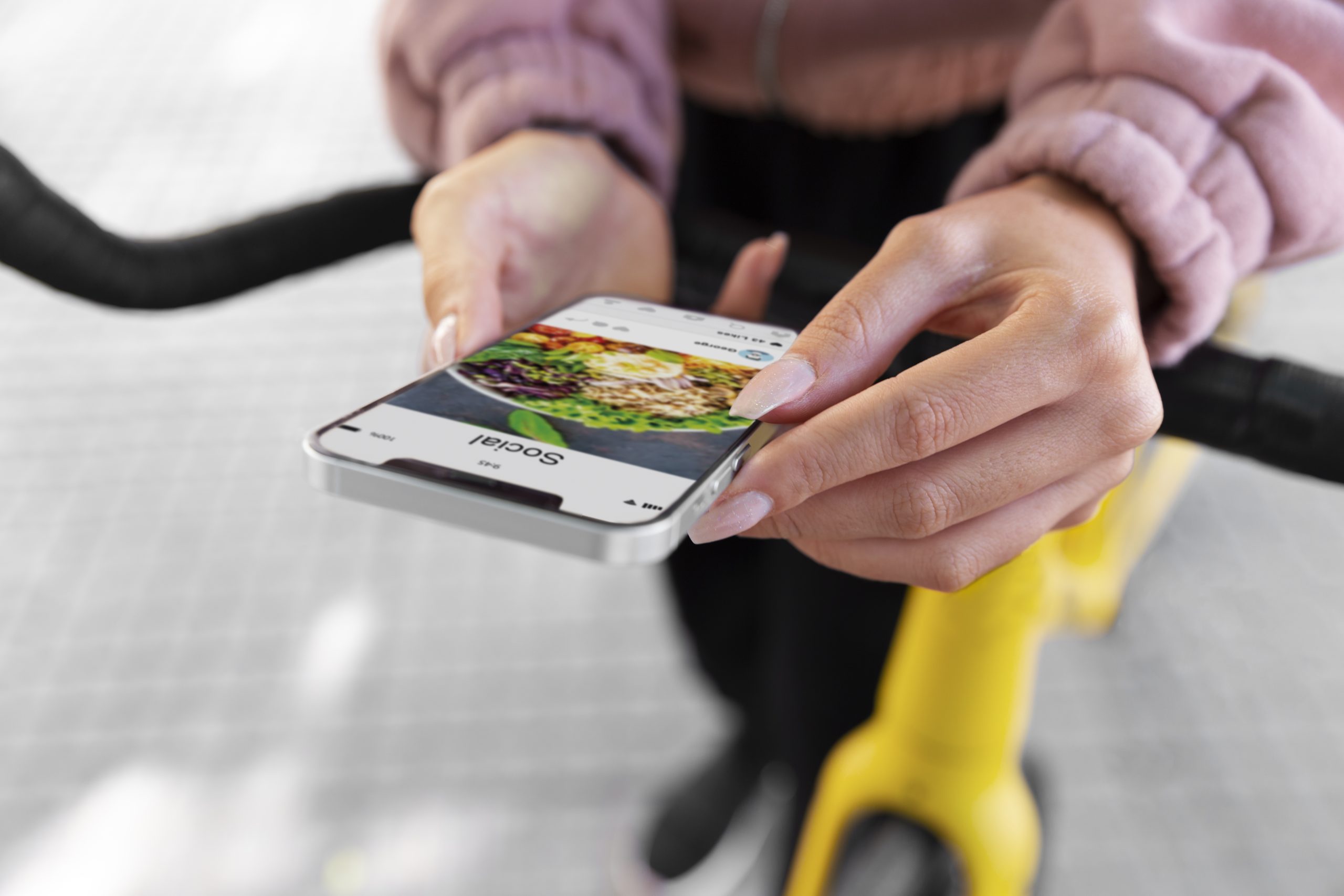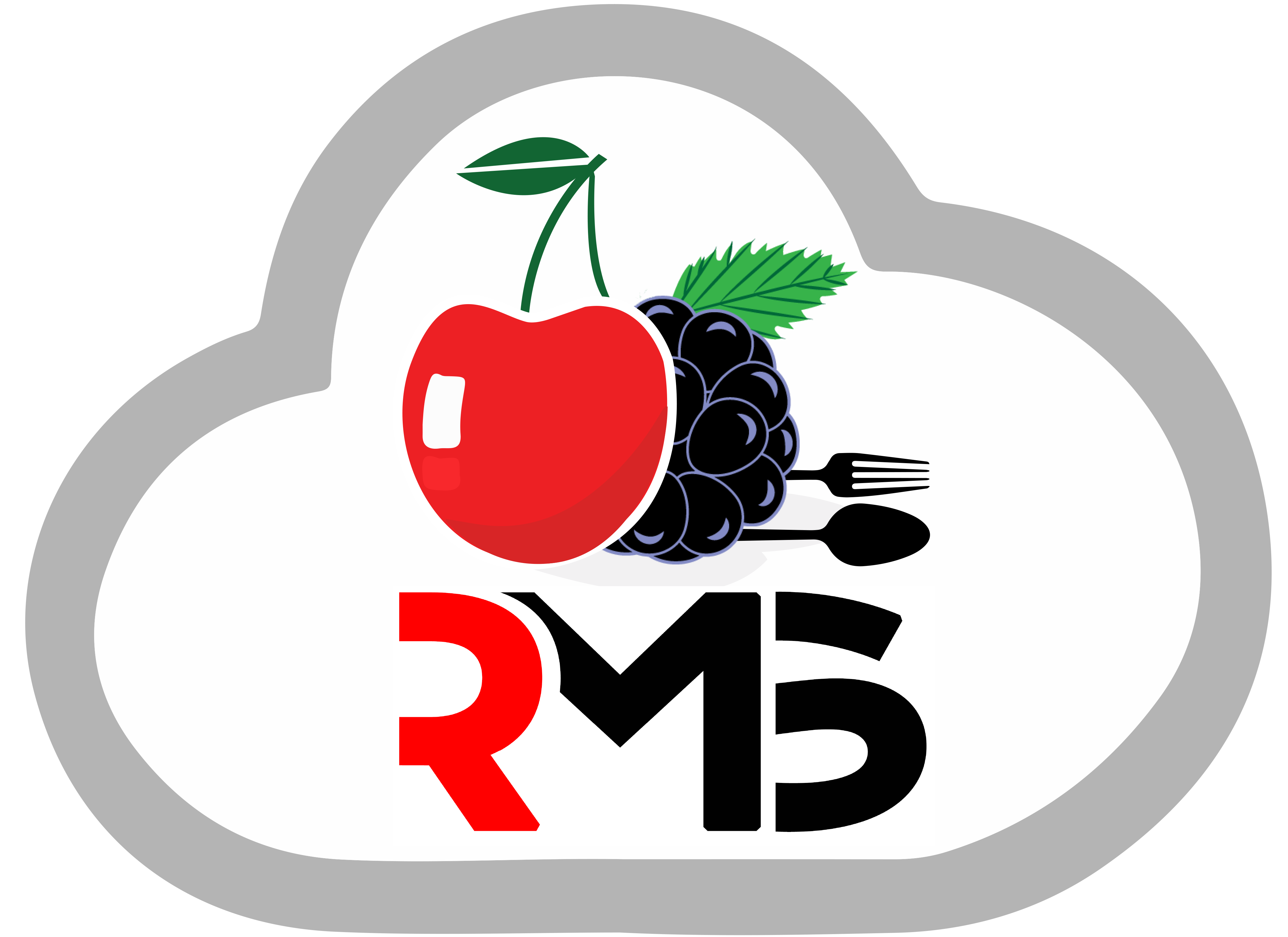
Market Overview
The food delivery landscape in Lahore has experienced exponential growth in 2025, with the market valued at over PKR 45 billion and projected to reach PKR 68 billion by 2026.
This surge is driven by:
- Changing consumer preferences
- Increased smartphone penetration reaching 78% in urban Pakistan
- The proliferation of restaurant delivery rider applications
What Are Restaurant Delivery Rider Apps?
Through the use of smartphones, customers can buy food from nearby restaurants and have it brought right to their homes by specially trained delivery riders.
Impact in Lahore
In Lahore specifically, Restaurant Delivery Rider apps have:
- Created employment opportunities for over 35,000 riders
- Partnered with more than 8,000 restaurants across the city
- Connected everything from roadside dhabas to premium dining establishments
The Need for Rider Apps for Restaurant Delivery
1. Convenience
Consumers desire convenience in all facets of their lives, including food delivery, in today’s fast-paced environment.
Market Statistics:
- 67% of urban consumers order food online at least once weekly (2025 market research)
- Modern Lahore residents, particularly working professionals and students, increasingly prioritize convenience
Seamless Experience Features:
With only a few touches on their smartphones, customers of restaurant delivery rider applications can easily explore menus, make orders, and follow deliveries.
Advanced features include:
- Voice ordering
- AI-powered recommendations based on previous orders
- One-click reordering of favorite meals
- Reduced average order time from 8 minutes to just 2 minutes
2. A Rise in Restaurant Sales
By collaborating with delivery rider applications, businesses may increase their income streams and attract customers who aren’t only dine-in.
Revenue Impact:
- Average revenue increases of 35-45% for partnering restaurants
- Some establishments see delivery orders constitute up to 60% of their total sales
- Restaurants using integrated delivery and Kitchen Management Systems process 40% more orders during peak hours
How Restaurant Delivery Rider Apps Operate
1. Customer User Interface
Customers may browse a range of cuisines, see restaurant menus, customise their orders, and follow delivery status in real-time with the use of user-friendly interfaces.
Key Interface Features:
- High-resolution food photography
- Detailed ingredient lists for dietary considerations
- Customer ratings and reviews
- Filter options for cuisine type, price range, and delivery time
- Personalized recommendations powered by machine learning
2. Restaurant Backend Operations
Restaurant delivery rider applications use complex backend systems to dispatch delivery riders, process orders, and guarantee on-time delivery.
Backend Technology:
- Automatically assign orders to the nearest available riders
- Optimize delivery routes considering real-time traffic conditions
- Handle traffic particularly on Mall Road, Jail Road, and Canal Road during peak hours
- Predict delivery times with high accuracy
Integration with Restaurant POS Systems ensures seamless coordination between online orders and kitchen operations, eliminating manual entry errors and reducing order preparation time.
Key Features of Restaurant Delivery Rider Apps
1. Real-Time Tracking
Real-time order monitoring is one of the most important characteristics of popular restaurant delivery rider applications.
Tracking Features:
- GPS-enabled live tracking with map visualization
- Shows the rider’s current location
- Estimated arrival time that updates dynamically
- Milestone notifications when the order is confirmed, being prepared, picked up, and approaching delivery
2. Safe Payment Methods
Restaurant delivery rider applications include safe payment methods to enable smooth transactions.
Payment Options in Pakistan:
- JazzCash
- EasyPaisa
- Bank transfers
- Credit/debit cards from all major banks
- Cash on delivery for traditional payment preferences
Security Measures:
- 256-bit SSL encryption
- PCI-DSS compliance
- Two-factor authentication
- Tokenization of payment information
3. Multi-Language Support
Recognizing Lahore’s linguistic diversity, delivery apps offer:
- Full functionality in both English and Urdu
- Menu items displayed in both languages
- Customer support available in the user’s preferred language
The Benefits of Restaurant Delivery Rider Apps
1. Time Effectiveness
Restaurant delivery rider applications save clients time by removing the need to drive to restaurants or stand in large lines.
Time Savings:
- In traffic-congested Lahore, a 5-kilometer journey during peak hours can take 45-60 minutes
- Delivery apps save customers an average of 90 minutes per order
Who Benefits Most:
- Working professionals
- Parents with young children
- Students during exam periods
- Elderly residents with mobility challenges
2. Cost-Effectiveness
Users of restaurant delivery rider applications may save money on their orders by taking advantage of exclusive offers, loyalty programs, and discounts.
Promotional Benefits:
- First-order discounts
- Loyalty points redeemable on future orders
- Referral bonuses
- Bank card partnerships offering cashback
- Special deals during off-peak hours
3. Increased Consumer Outreach
Restaurants may reach a wider audience and draw in a more varied clientele by collaborating with delivery rider applications.
Geographic Expansion: A restaurant in Gulberg can now easily serve customers in DHA, Johar Town, or Wapda Town—areas they would never reach through walk-in traffic alone. This is particularly beneficial when integrated with a comprehensive Restaurant Online Ordering app that manages both dine-in and delivery operations.
Restaurant Delivery Rider Apps’ Challenges
1. Logistics Management
Lahore’s Unique Challenges:
- Intense traffic congestion particularly on Mall Road and Ferozepur Road
- Peak hours (1-3 PM and 7-10 PM) create bottlenecks
- Frequent road construction and diversions
- Security checkpoints in certain areas
- Varying infrastructure quality across neighborhoods
According to McKinsey’s research on last-mile delivery, efficient logistics systems are crucial for meeting customer expectations in urban delivery markets.
2. Quality Control
Maintaining food safety and quality requirements during delivery presents challenges:
- Ensuring biryani arrives steaming hot
- Ice cream remains frozen
- Salads stay crisp during 30-45 minute deliveries
- Lahore’s hot summers (often exceeding 40°C)
3. Competition
The Lahore food delivery market features strong competition from established players including:
- Foodpanda
- Cheetay
- Careem NOW
- Emerging local platforms
4. Rider Welfare and Retention
Rider Concerns:
- Income volatility during slow periods
- Safety risks from traffic accidents
- Lack of formal employment benefits
- Physical strain from long working hours
Impact on the Food Sector
1. Changing Consumer Behavior
Pakistani consumer behavior research from 2025 indicates:
- 58% of urban residents now order food delivery at least twice monthly
- Compared to just 23% in 2020
- Among millennials and Gen Z consumers in Lahore, this figure reaches 79%
According to Statista’s global food delivery market insights, the online food delivery sector continues to see double-digit growth across emerging markets, with mobile apps being the primary ordering channel.
2. Restaurant Business Model Evolution
Lahore has seen the emergence of over 150 cloud kitchens and ghost restaurants since 2023—facilities with no dine-in seating, operating purely for delivery.
Benefits:
- Lower overhead costs
- Minimal front-of-house staff
- Smaller physical footprint
- Citywide customer reach
3. Employment Generation
The delivery rider app ecosystem has created substantial employment in Lahore, providing flexible earning opportunities for students, underemployed workers, and individuals supplementing primary income.
4. Food Culture Democratization
Delivery apps have democratized access to diverse cuisines previously limited by geography or social barriers. A family in Wapda Town can easily order authentic Lahori breakfast from Old Anarkali; students in hostels can access premium restaurant meals.
Future Developments
1. AI and IoT Integration
Future Technologies:
- AI chatbots for instant customer service in Urdu and English
- Predictive analytics to forecast demand patterns
- IoT sensors monitoring food temperature during transit
- Voice-activated ordering for accessibility
2. Market Expansion
Delivery platforms are expanding to underserved areas and new cities across Pakistan, bringing integrated solutions to major urban centers including Multan, Faisalabad, and Islamabad.
3. Sustainability Initiatives
Green Delivery Options:
- Bicycle and electric motorcycle pilots
- Eco-friendly packaging partnerships
- Carbon offset programs
- Route consolidation to reduce vehicle trips
Conclusion
The Restaurant Delivery Rider App Lahore, Pakistan have completely transformed the meal delivery sector by giving customers unmatched convenience, effectiveness, and variety.
The market has matured into an essential component of Lahore’s food ecosystem:
- Processing millions of orders monthly
- Supporting thousands of livelihoods
- Fundamentally changing how residents access restaurant food
For restaurants looking to leverage this transformation, implementing a comprehensive Restaurant Management System that integrates delivery operations with kitchen management, POS, and customer ordering can provide the competitive edge needed in today’s digital-first food service industry.
Frequently Asked Questions
Q1: How much commission do delivery apps charge restaurants in Lahore?
Commission structures vary across delivery platforms, typically ranging from 15% to 35% of order value depending on the restaurant’s agreement terms, order volume, and service level selected.
Q2: How does a restaurant delivery rider app improve delivery speed in Lahore?
It optimizes routes, tracks riders in real-time, and ensures faster order dispatch directly from the kitchen to customers.
Q3: Can small restaurants in Lahore use a delivery rider app effectively?
Yes, even small restaurants can manage orders, riders, and customers efficiently without needing large teams.
Q4: How can restaurants ensure rider accountability?
The app tracks rider performance, delivery times, and customer feedback to ensure reliability and transparency.
Q5: What features should a restaurant delivery rider app include?
GPS tracking, order status updates, digital payments, and customer feedback options are essential.
Q6: Does a delivery rider app integrate with restaurant POS systems?
Yes, most advanced apps easily integrate with POS and kitchen management systems for smooth order handling.
